Last December, Nigel Denton-Howes explained the work of Framestore on MOWGLI: LEGEND OF THE JUNGLE. He is back today with Andy Walker, Sylvain Degrotte and Jerome Martinez to talk about their work on ALITA: BATTLE ANGEL.
How did Framestore get involved on this show?
Andy Walker, CG Supervisor: Framestore were approached to work on ALITA during the later stages of post production. It was a short schedule for the complexity and scale of the work, compounded by sharing shots with Weta, which required a huge amount of asset and shot data collaboration. Framestore sails a huge and well tooled ship, so could hit the ground running, with only the ingestion of shared data with Weta requiring bespoke tools. So we thought, why not roll out the brand new renderer and create a new streamlined crowd workflow, that can work with animation in a more creative way. We really pushed the team on this one, breaking new ground and they really pulled it together!
How was split the work amongst the Framestore offices?
ALITA was worked on in Framestore’s London office.
What are the sequences made by Framestore?
Nigel Denton-Howes, VFX Supervisor: Framestore’s work was broadly scattered across the film, with special development work done on developing Zalem, the floating city, as well as general cityscapes. The majority of our work, however, was centred in and around the gigantic Motorball stadium. This was broken into two broad categories. A portion of the work we completed in full, including creation and animation of the “Pro” Motorball team players as well as the stadium, as well as shared work with WETA Digital. In the case of the shared work we would be given renders of WETAs animated characters and would place them in the environments, complete with special effects and final comp.
Can you explain in detail about the creation of Zalem and the Motorball Stadium?
NDH: For the Motorball stadium we were provided with a low resolution previs mesh to get us started and then we built the whole thing from scratch.
Jerome Martinez, Environments Supervisor: The main challenge was that Weta never had shots from the top of the Zalem. We built the top of the city, tweaking the designs of the buildings to fit our build. It was important to create a different mood from the Iron City – Zalem was clean, sleek and had modern, curved buildings. A few shots were DMP but mostly for touch ups.
How did you populate those locations?
NDH: For the crowds inside the stadium we created a simplified crowd system to fill in our stadium with over a hundred thousand agents. Unlike more complex crowd systems our agents did not require a large amount of autonomous behaviour. In order to facilitate a efficient crowd system we created several archetype characters (male, female, and a selection of body types) and randomised a huge variety of clothing on those characters. These were then driven by cleaned up motion capture, which we captured in-house at Framestore. Each of these was then cached and then those caches were populated throughout the stadium. A system was developed to quickly select animation to apply to the individuals as well as putting time offsets in to those caches to control things like when the crowd would cheer or maybe be more subdued.
Can you explain in detail about the creation of the various cyborgs?
NDH: We were tasked with creating all of the ‘Pro’ Motorball team. The idea behind this was that some of the cyborgs were purpose built for racing, rather than being a mess of random machinery. This involved creating a lot more designed characters, with us frequently referencing racing motorbikes. To execute this work we were given initial concepts as a kick off point which we then had a lot of freedom to change and modify to both work once moving, but also to clarify the design language a little more in 3D space.
How did you handle the challenge to mix your work with the Weta Digital elements?
Sylvain Degrotte, CG Supervisor: For the chase sequence, when the ‘factory’ Motorball players chase Alita from the stadium and into Iron City, we were given Alita rendered, so we treated the material like this was our foreground plate that we could comp into. After this the environment team replaced and look-dev’ed everything. In terms of lighting we had some freedom – we received the lighting, but with the additional buildings we had added we adjusted to get the right look.
With this chase sequence there is a burst pipe. We worked to define the look of the water (how dirty is should be) the particle formation of the water, and the simulations. We used Houdini for our simulation.
Can you explain in detail about the creation of the Iron City environment?
NDH: The broad strokes of Iron City were very well established when we started on the job. There were, however, several one-off angles or different times of day that we needed to develop. Our environments department did an outstanding job mocking up these shots and then doing paint-over concepts to quickly provide our clients with as many options as possible.
We were provided many based models for the city by Weta. These were ingested in to our pipeline and then updated to reflect how we would be using them, which was typically much closer than expected. These models were then laid out using our in house layout tools which involved placing individual buildings which had been pre-covered in smaller structures, and then running pipes and roads in between. It was a lot of work and the results reflect the passion and dedication the environments team put in to the process.
What is your best memory on this show?
NDH: The environment and the effects work on the characters really stand out for me. The environment’s scale is pretty monumental, both the city and the stadium. The effects work was nuanced but challenging with every shot having interactive elements both with our characters, but even more impressively with characters provided by WETA. This includes water simulations around assets rendered by another company. Both teams delivered great work.
How long have you worked on this show?
6 months.
What’s the VFX shots count?
263 finals.
A big thanks for your time.
WANT TO KNOW MORE?
Framestore: Dedicated page about ALITA: BATTLE ANGEL on Framestore website.
© Vincent Frei – The Art of VFX – 2019


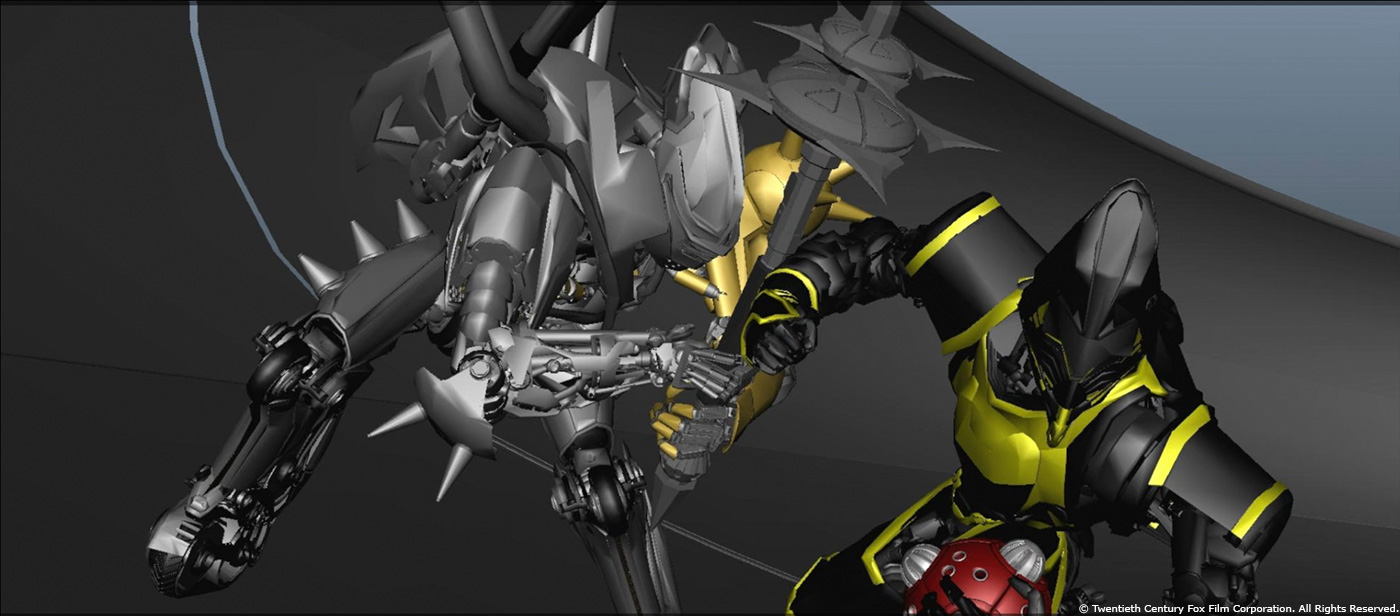
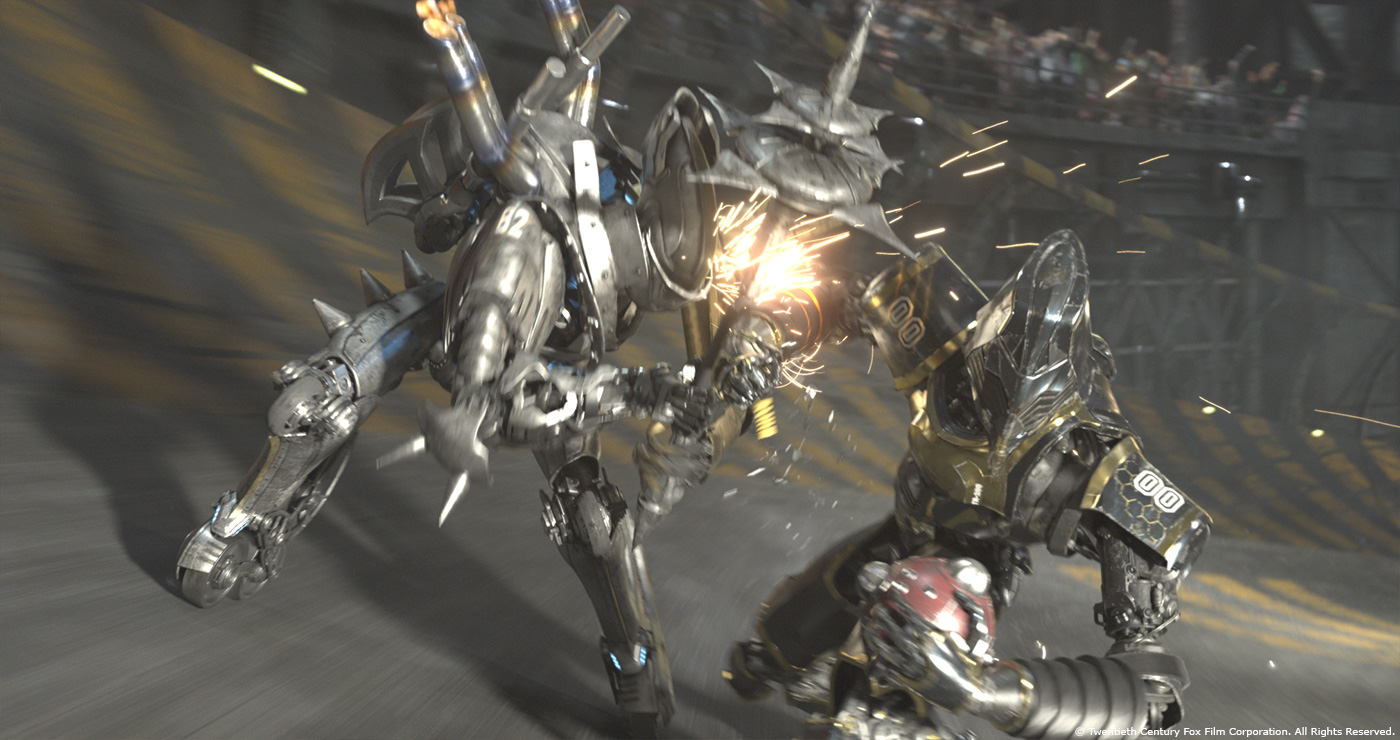

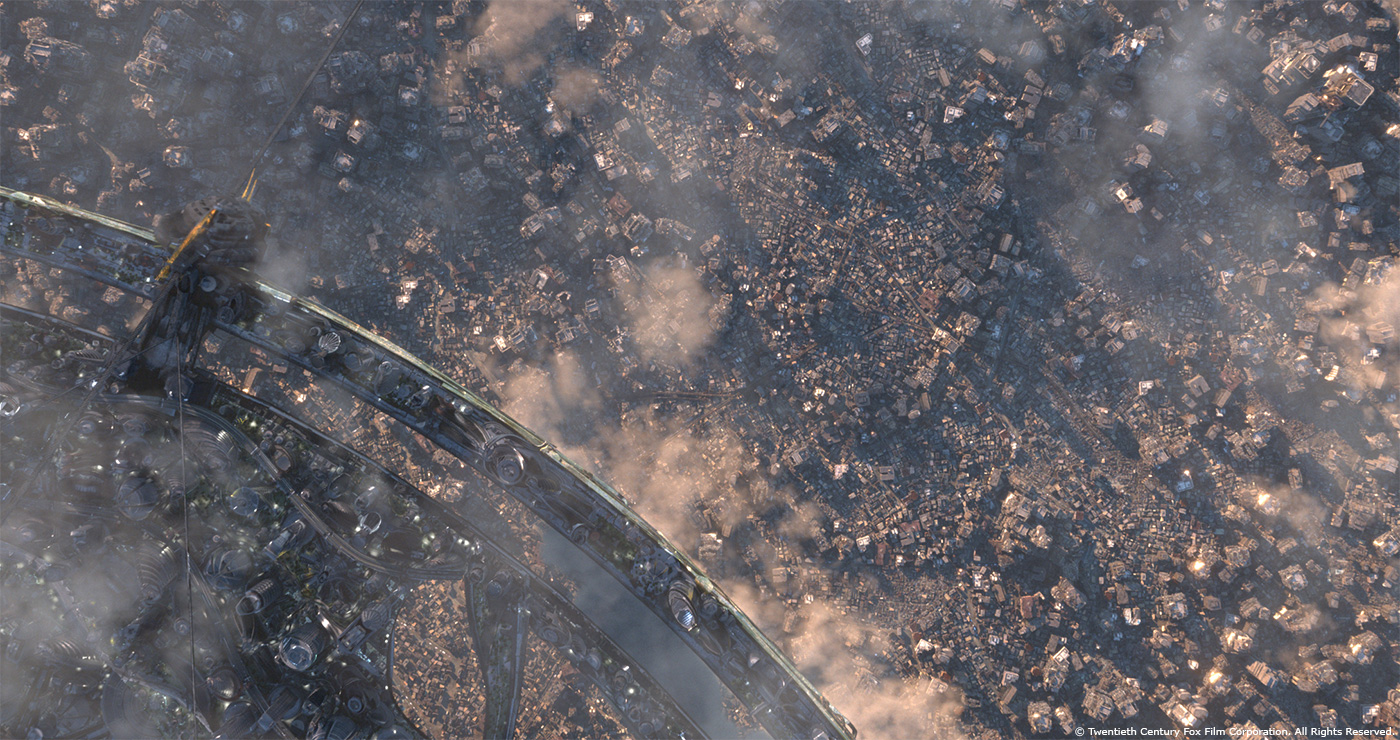
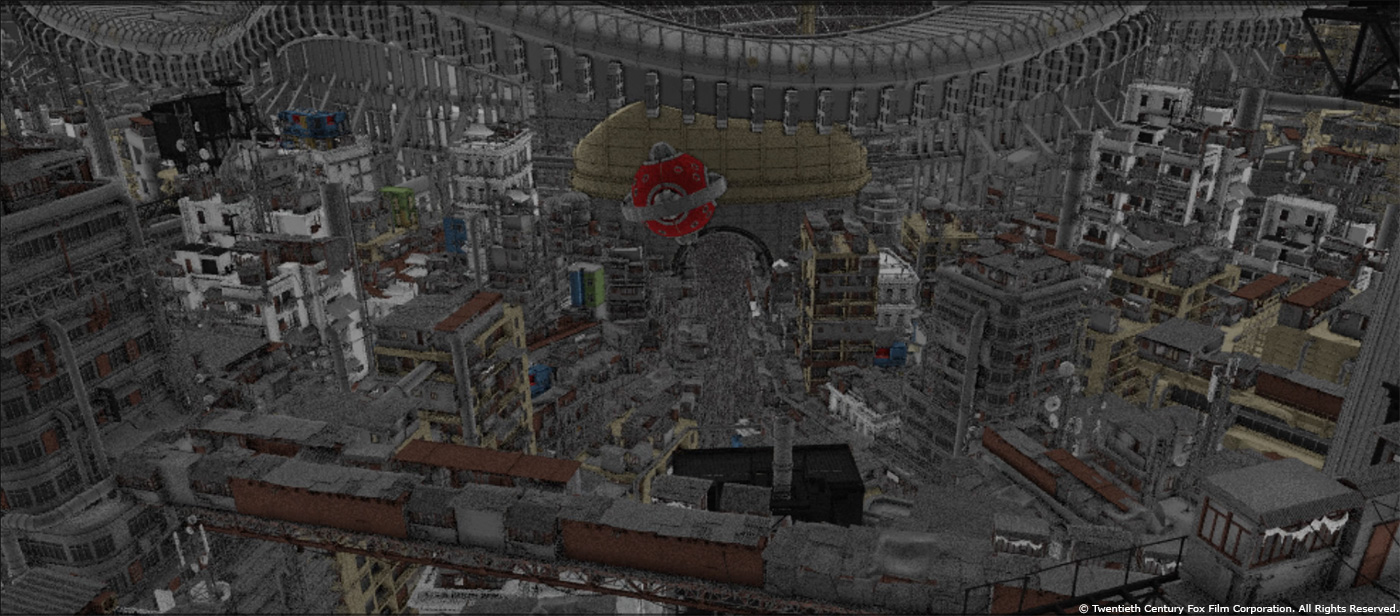
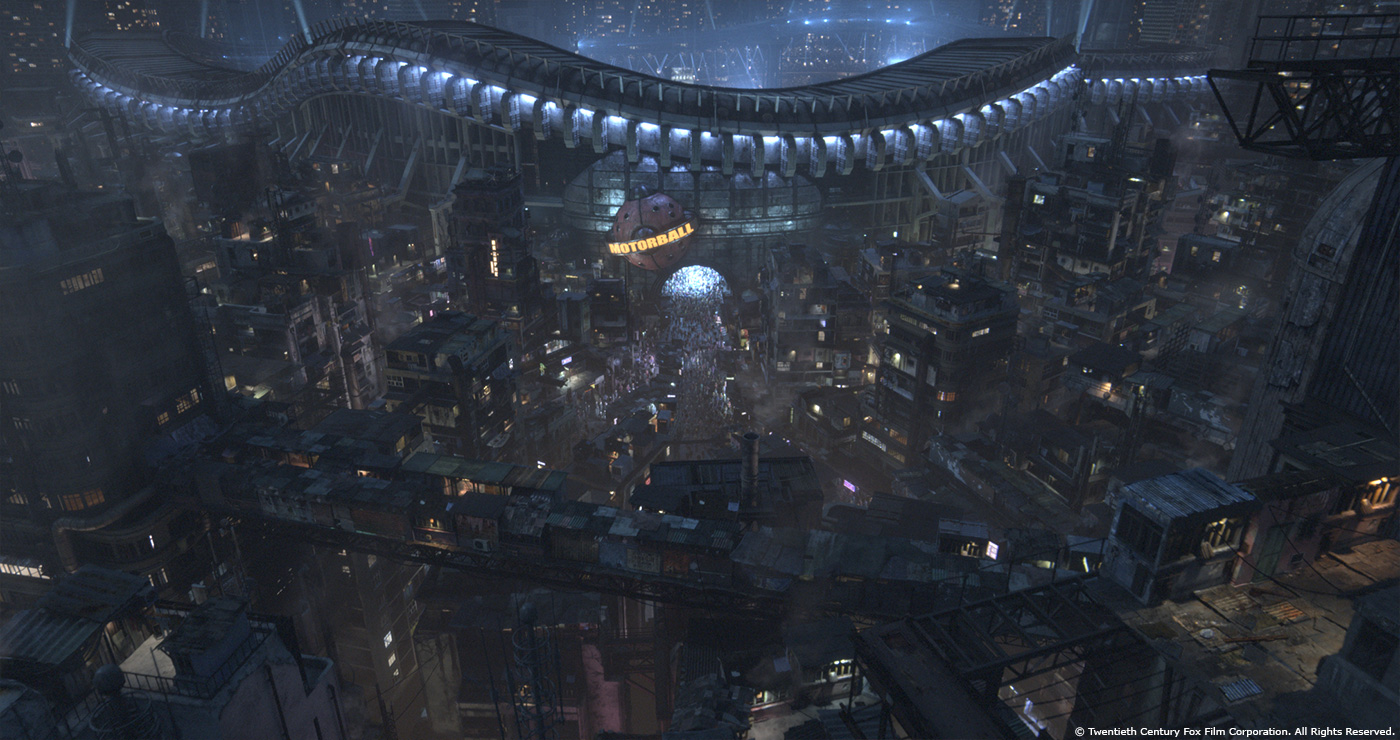
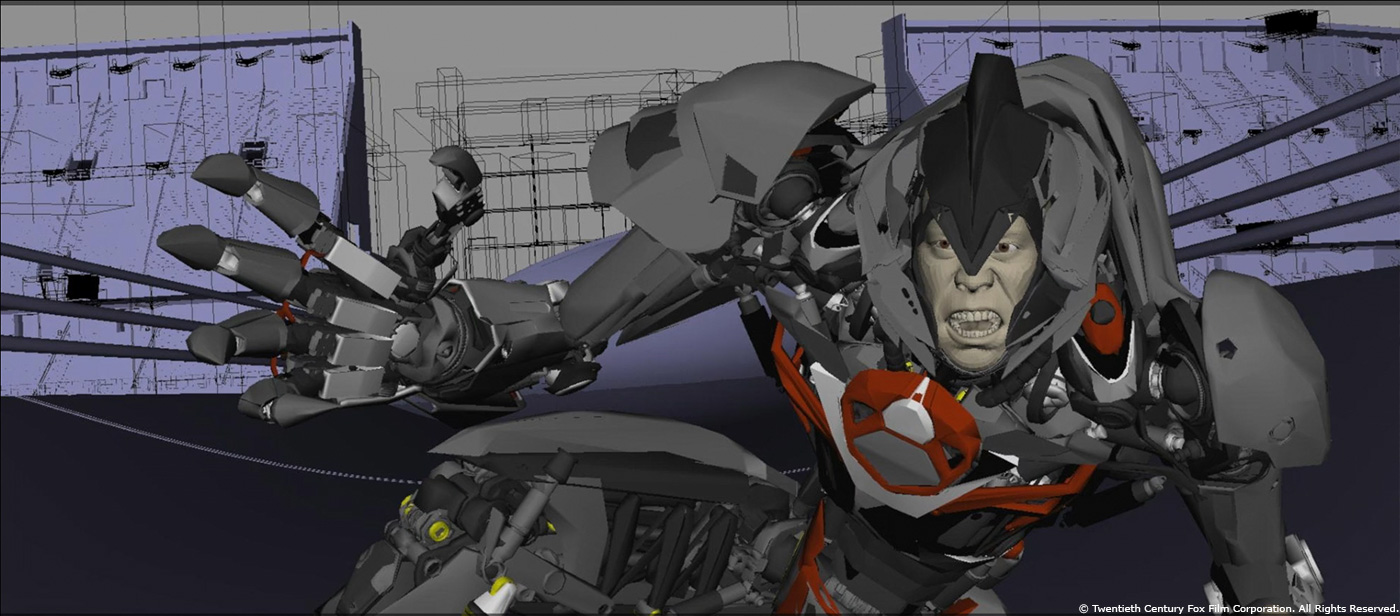

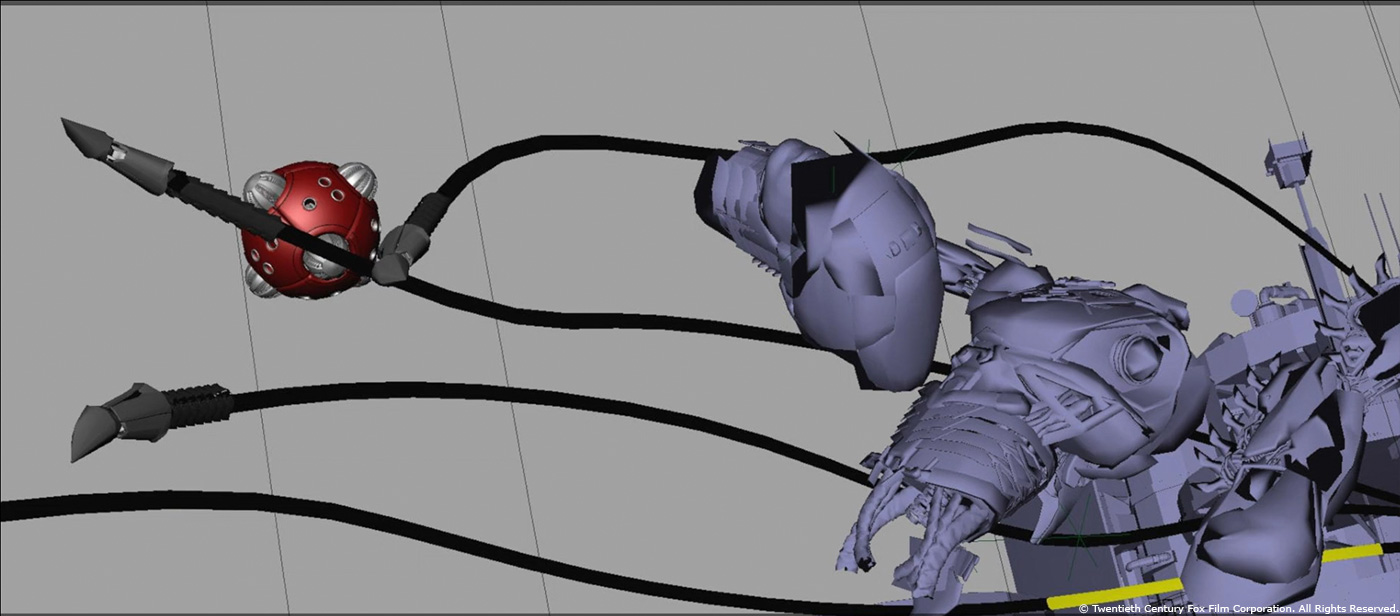
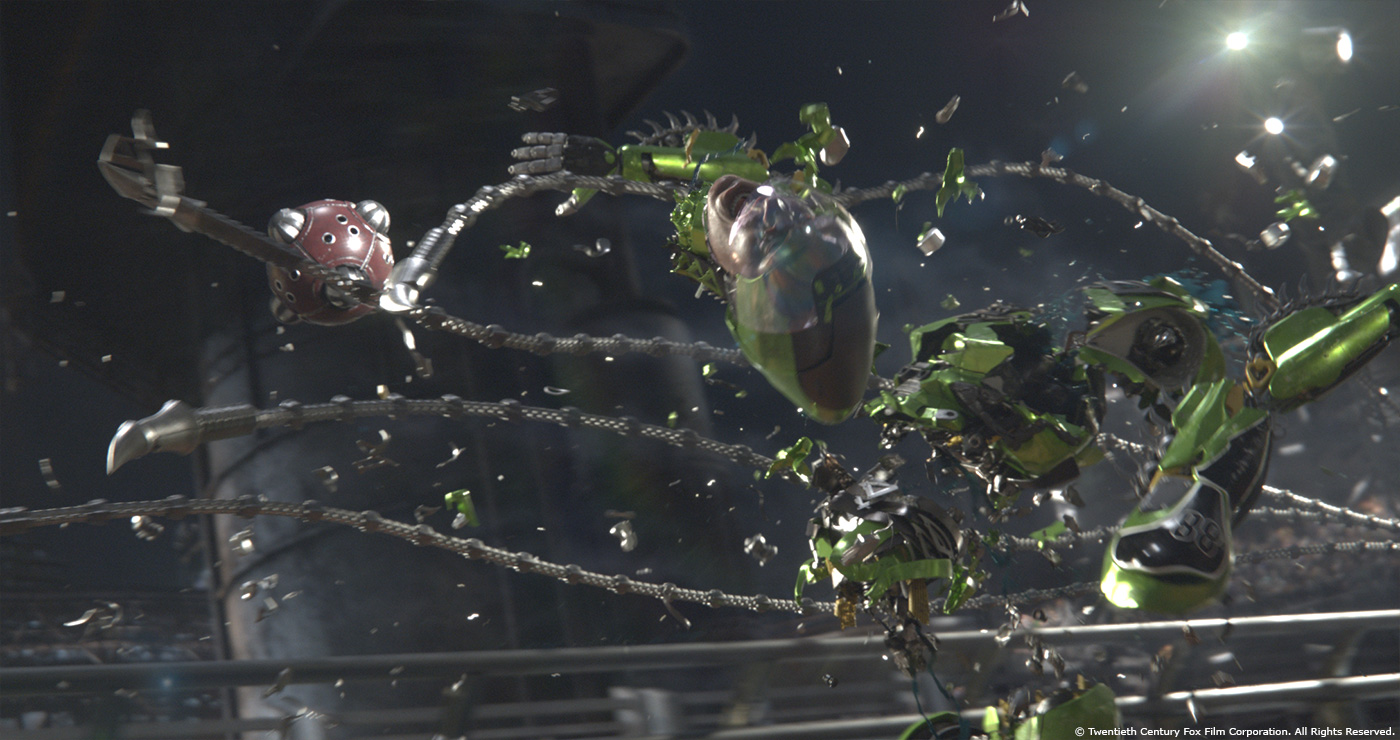

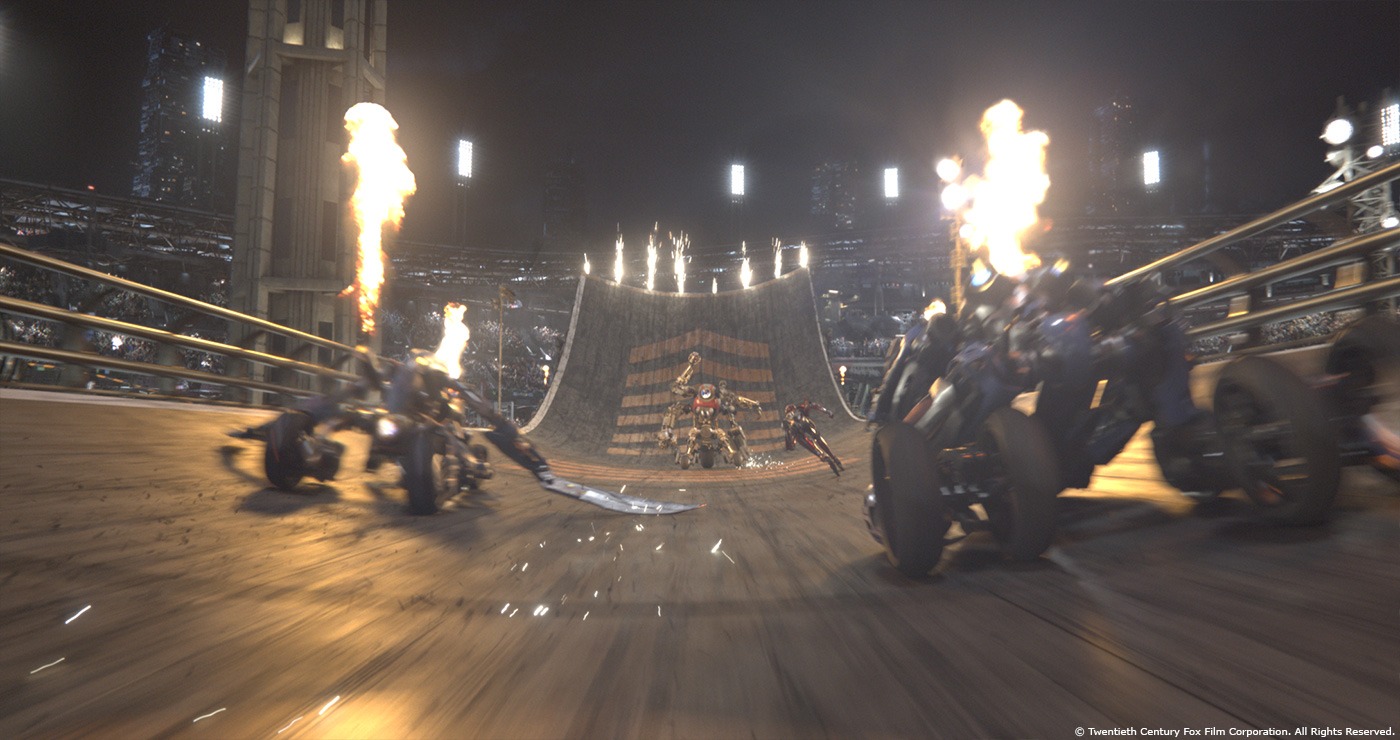

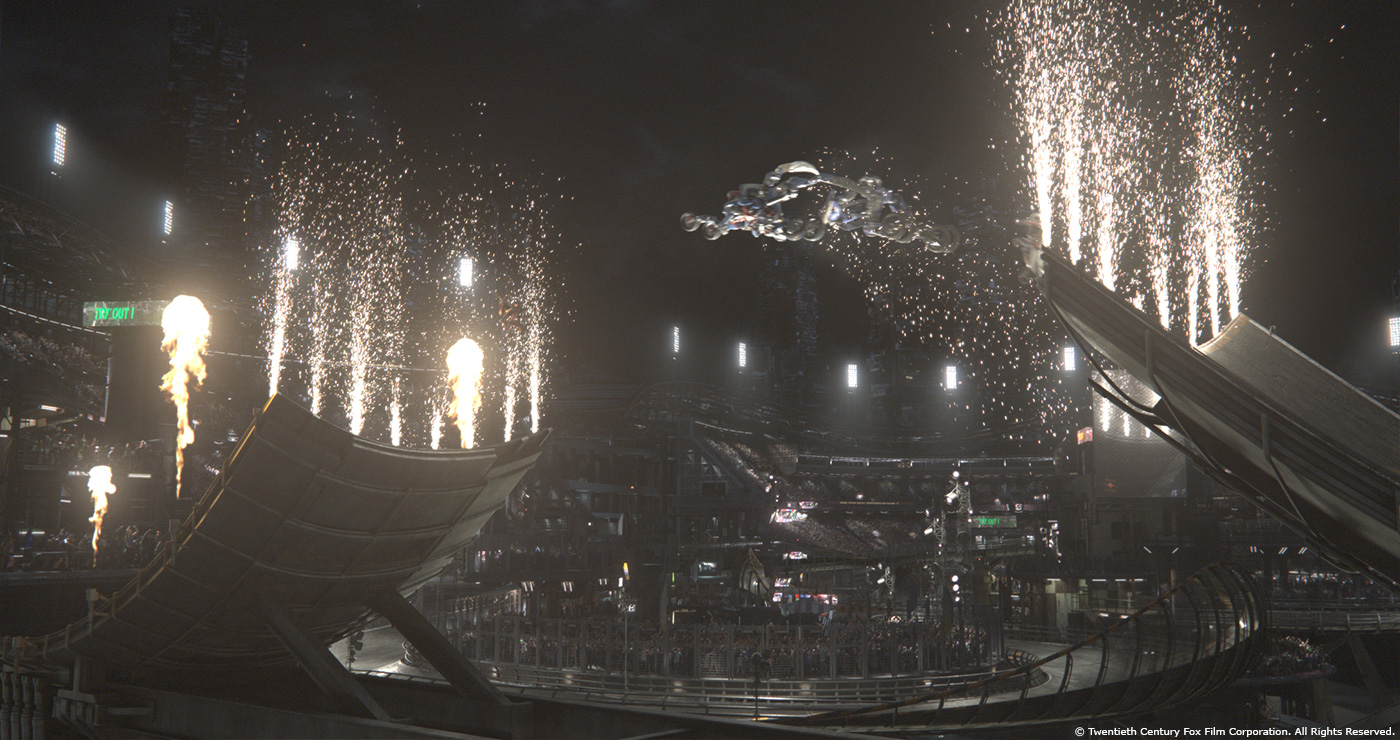



It’s amazing….